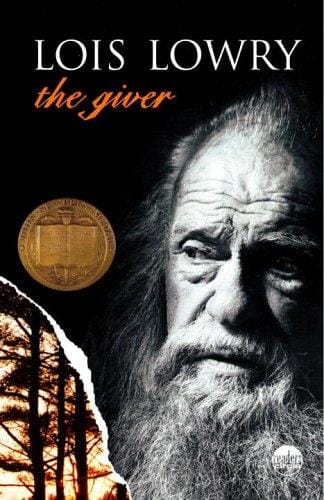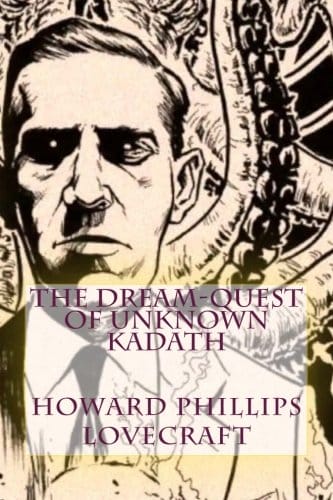Leaves of Grass: Walt Whitman’s Revolutionary American Epic
Explore Walt Whitman’s groundbreaking Leaves of Grass—its themes, style, history, and enduring influence on American literature—in this concise overview.

Introduction: A New Voice in American Poetry
When Walt Whitman self-published the first edition of Leaves of Grass in 1855, he shocked, thrilled, and ultimately transformed the literary world. Written in a bold, free-flowing style that celebrated the human body, democracy, and the vastness of the American landscape, Whitman’s masterpiece shattered the conventions of 19th-century verse. Nearly 170 years later, its words continue to resonate with readers who find in them an unapologetic affirmation of individuality and an expansive love for humanity.
The Genesis and Evolution of the Text
Whitman began composing the poems that would become Leaves of Grass while working as a journalist and printer in Brooklyn. Dissatisfied with the ornate diction dominating American poetry, he envisioned a democratic verse that spoke in the rhythms of common speech. He paid out of pocket to print 795 copies of the 1855 edition, a slim volume of 12 untitled poems accompanied by an audacious author portrait.
Far from being a static collection, Leaves of Grass grew and morphed throughout Whitman’s life. He released at least six major editions—in 1856, 1860, 1867, 1871, 1881, and the “deathbed” edition of 1891–92—expanding the work from roughly 12 poems to over 400. Each revision reflected new experiences: the turmoil of the Civil War, Whitman’s years as a volunteer nurse, and his deepening philosophical reflections on life and death.
Major Themes that Define the Collection
Democracy and Collective Identity
Whitman believed that a young, fractured nation needed poetry that could bind citizens together. Leaves of Grass extols the “en masse” spirit of America while affirming the sacredness of each individual. Poems like “Song of Myself” praise the interconnectedness of people, landscapes, and laborers, envisioning a society where diversity is embraced and celebrated.
Celebration of the Body and Sexuality
Whitman’s frank treatment of sensuality was groundbreaking. By sanctifying physical pleasure and the human form, he challenged Puritanical attitudes, asserting that the body is as divine as the soul. This holistic vision of self was radical for the era and continues to inspire conversations about gender, sexuality, and self-acceptance.
The Spiritual in the Everyday
Instead of locating the sacred solely in churches, Whitman found it in blades of grass, bustling city streets, and the intimate experiences of ordinary people. His transcendental outlook fused with a pragmatic appreciation for daily life, offering a spirituality accessible to believers and secular readers alike.
Poetic Innovations and Style
Prior to Whitman, American poetry largely adhered to strict meters and rhyme schemes imported from Europe. Leaves of Grass introduced unrhymed, long-lined free verse that mimicked the cadences of spoken English. Anaphora, catalogues, and parallelism create a hypnotic rhythm, while the poet’s direct address (“I celebrate myself, and sing myself”) forges an intimate link with the reader.
Whitman’s vocabulary blended elevated language with slang, scientific terminology, and political jargon, reflecting the rich linguistic mosaic of the United States. By breaking formal barriers, he laid the groundwork for future modernists—from T. S. Eliot to Allen Ginsberg—who sought to stretch poetic form.
Reception and Early Controversy
The initial critical response was polarized. Ralph Waldo Emerson famously hailed the book as “the most extraordinary piece of wit and wisdom that America has yet contributed,” while others condemned it as immoral and obscene. Certain libraries banned it, and Whitman even lost a government job due to its perceived indecency. Yet the controversy amplified the collection’s visibility, ensuring that curious readers would seek it out.
Influence on Modern Literature and Culture
Whitman’s democratic vision and experimental style reverberate throughout 20th- and 21st-century poetry. The Beat Generation embraced his call for unfiltered self-expression. Songwriters such as Bob Dylan and Bruce Springsteen cite Whitman as a lyrical forefather, and filmmakers reference his lines to evoke expansive American vistas. Internationally, poets like Pablo Neruda and Langston Hughes found in Whitman a model for socially engaged verse.
Tips for Reading Leaves of Grass Today
Because Whitman revised the work constantly, there is no single “definitive” version. New readers might begin with the 1855 edition to experience its raw energy, then explore later editions to trace Whitman’s evolving voice. Reading aloud helps capture the musicality of the lines, while keeping a journal can deepen reflections on the text’s philosophical questions.
Contextualizing the poems within their historical moment—slavery debates, westward expansion, and the Civil War—enriches understanding, yet Whitman’s emphasis on empathy and equality ensures the poems feel strikingly contemporary.
Conclusion: The Ever-Expanding Leaves
Leaves of Grass remains a living document, continually interpreted and reinterpreted by successive generations. Whitman envisioned America as a poem still being written, and his own book as an open invitation to participate in that creative act. By singing the songs of the carpenter, the sailor, the mother, and the dreamer, he offered a blueprint for a more inclusive, compassionate society. In an era seeking connection amid difference, Whitman’s “barbaric yawp” echoes louder than ever, urging us to celebrate ourselves—and one another—with boundless grace.



